Travel Checklist: 8 Philippine Festivals You Surely Don’t Want to Miss!
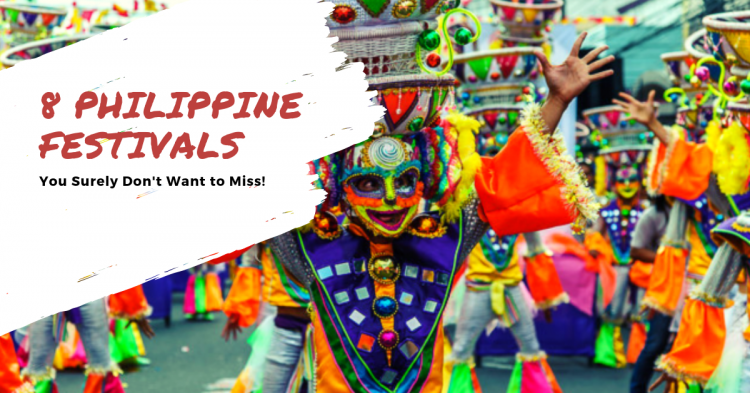
By Jekelyn Nisola
It’s undeniable that Philippine festivals (fiestas) not only attract local tourists but also visitors from across the world because every town (no matter how big or small) widely opens its doors and shares its story and culture.
In case you missed the fiestas held in the first quarter of the year, don’t worry, we’ve got you covered!
Below is a list of upcoming fiestas you shouldn’t miss:
- Pahiyas Festival of Lucban, Quezon (held every May 15)
The province of Quezon takes pride in its most colorful harvest festival, the Lucban San Isidro Pahiyas Festival, also known as the Pahiyas Festival.
Every May 15, each household tries to outdo each other in a friendly competition as they accessorize their homes with fruits and vegetables in honor of San Isidro Labrador, the patron saint of farmers, laborers, and peasants. This annual tradition is their way of giving thanks for abundant harvest. At the end of the festival, visitors can bring home the fruits and vegetables from each host for free.

- Wattah Wattah “Basaan” Festival of San Juan (held every June 24)
This wet and wild festival highlights boisterous street dancing, basaan (dousing of waters), parades, and concerts performed by local artists.
The San Juan Fiesta is an annual festival celebrated in honor of St. John the Baptist to commemorate how the Catholic saint prepared mankind for the coming of Christ by baptizing them with water. Residents douse themselves and their friends with water and participate in different basaan games, while bystanders and commuters become targets of the residents lining the streets with water guns and hoses.
(Browse these for sale properties in the City of San Juan)
- Pintados-Kasadyaan Festival of Tacloban City (held every June 29)
Pintados and Kasadyaan Festival (previously two separate festivals) is a month-long, merry-making event of Tacloban City. This celebration puts together diverse festivities of participating municipalities, colorful parades, and beautiful people.
One of the highlights of the festival is the street dancing, where participants wear colorful costumes and head-to-toe body paints. These body art resembles armors that honor the tattooed warriors from the past.
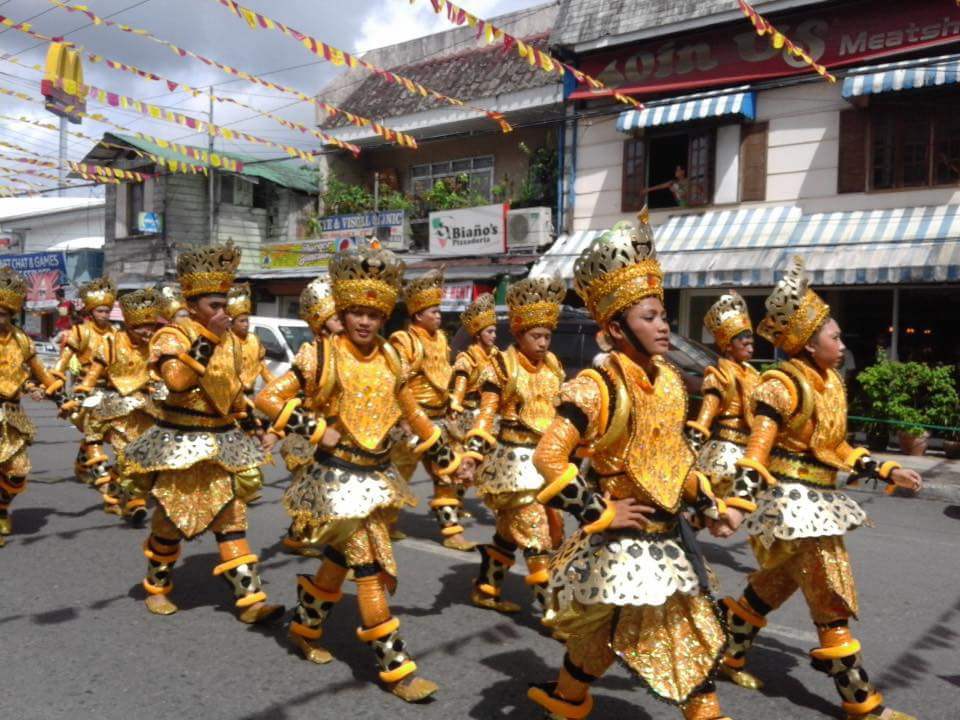
- T’nalak Festival of South Cotabato ( held every July 11 to 17)
The T’nalak Festival commemorates the founding anniversary of South Cotabato. The name T’nalak or Tinalak refers to the traditional cloth made by the T’boli women, the indigenous people of South Cotabato.
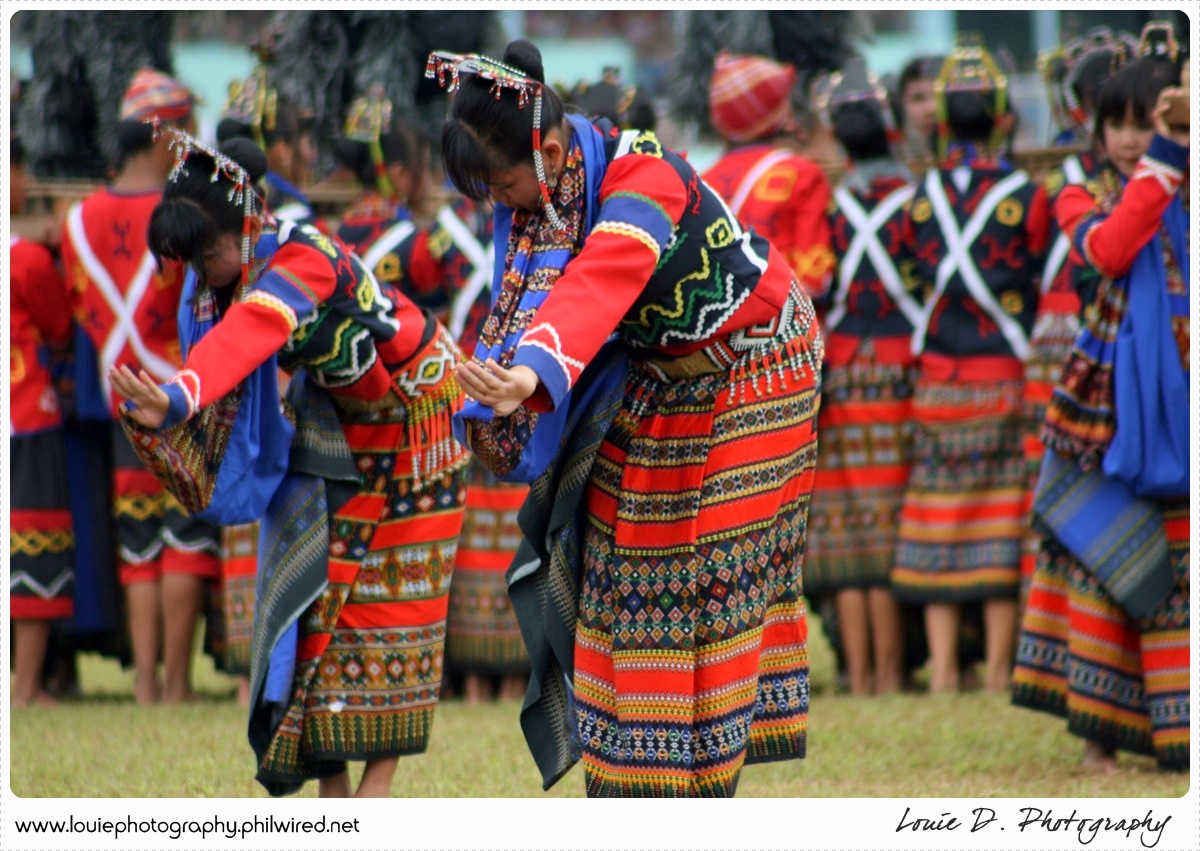
- Sirong Festival of Surigao del Sur (held every August 15)
The festival is an ethnic Mardi-Gras march inspired by a war dance involving Muslims and Christians. It’s a commemoration of the Cantillan’s history where early Christians had to defend themselves against the raids perpetrated by the Muslims.
The celebration highlights its vivid street dance competition participated by different towns and pageantry showcasing colorful costumes.
- Kadayawan Festival of Davao (held every August 3)
It’s the thanksgiving harvest festival of Davao’s fruits, flowers, and farm produce. This annual flower festival highlights the Indak Indak sa Kadalan Street Dancing and Kadayawan Floral Parade, which showcase uniquely-colorful costumes, traditions, and stories of Davao tribes–and did we mention a week-long food fiesta, trade fair, and exhibits?
The word “Kadayawan” comes from “madayaw,” which means valuable or beautiful.
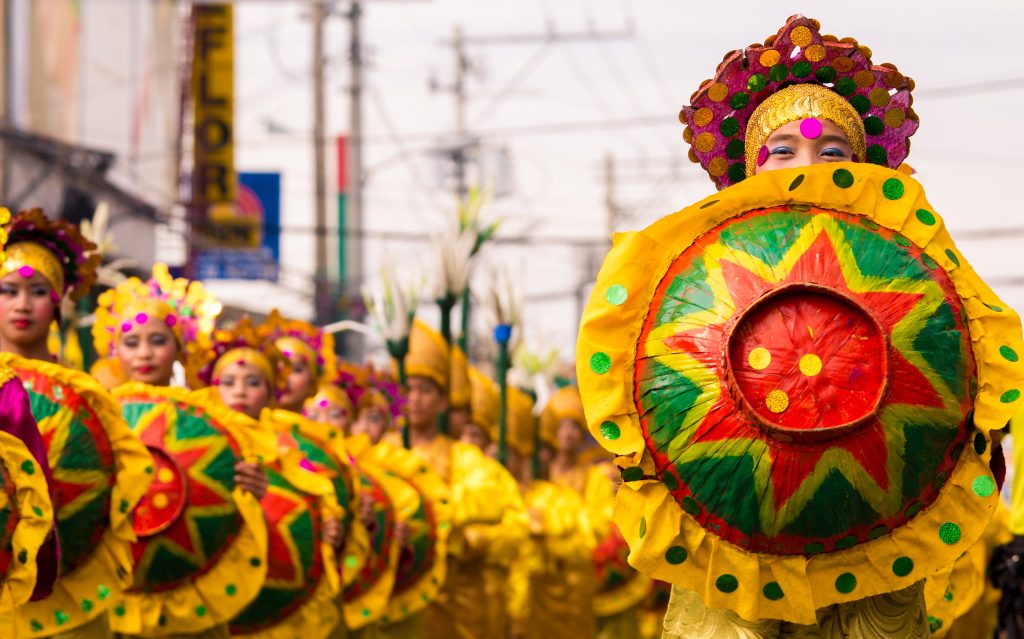
(Check out these properties for sale in Davao City)
- MassKara Festival of Bacolod (held every third weekend of October)
This festival of smiles-masquerade party indents to lift up the spirits of the Bacolod people after the sugar crisis in the ’80s. Its name comes from the English word “mass,” which means people, and the Spanish word “kara,” which means face.
The celebration highlights the Electric MassKara Dance Parade and MassKara Street Dancing Competitions.
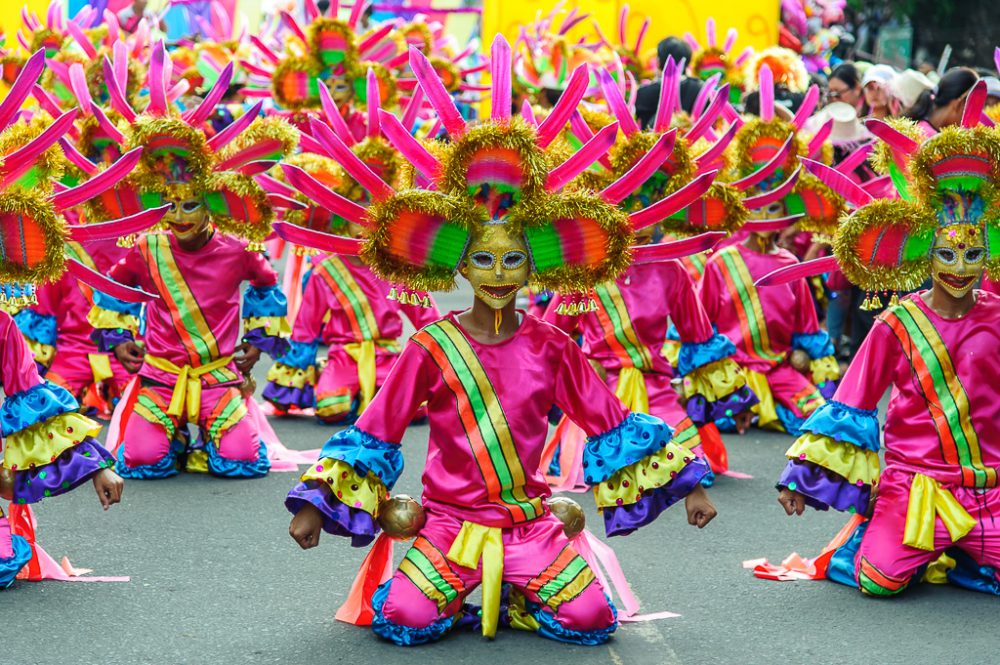
- Higantes Festival of Angono, Rizal (held every third weekend of November)
The festival gets its name from the 12-foot paper-mache giants, which are the highlights of the parade. The celebration honors San Clemente, the patron saint of fishermen.
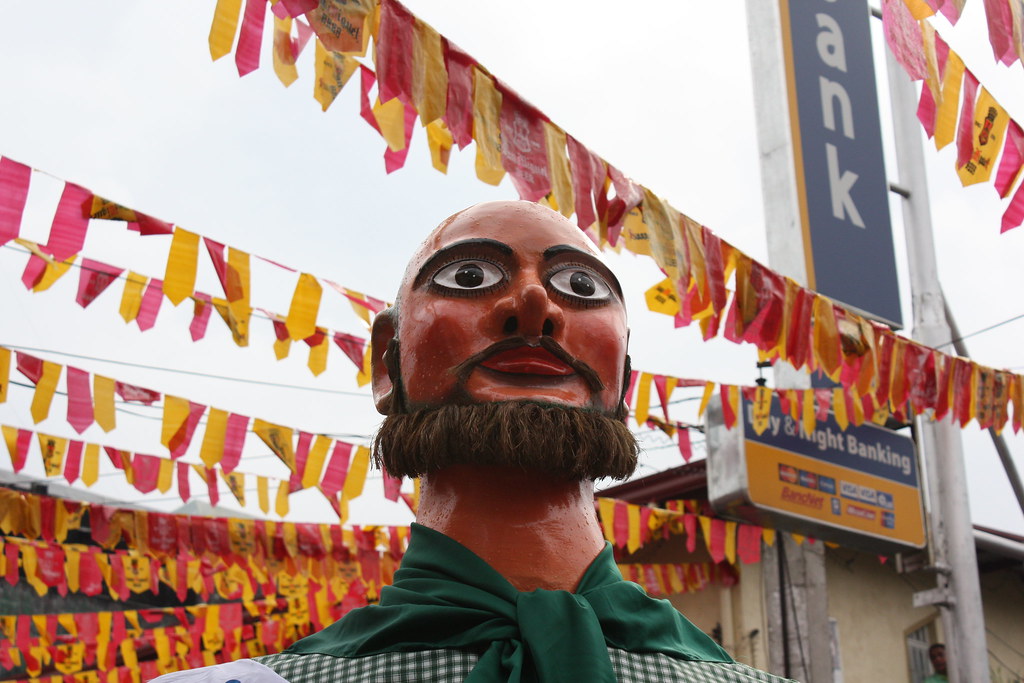
(Check out these properties for sale in the province of Rizal)




